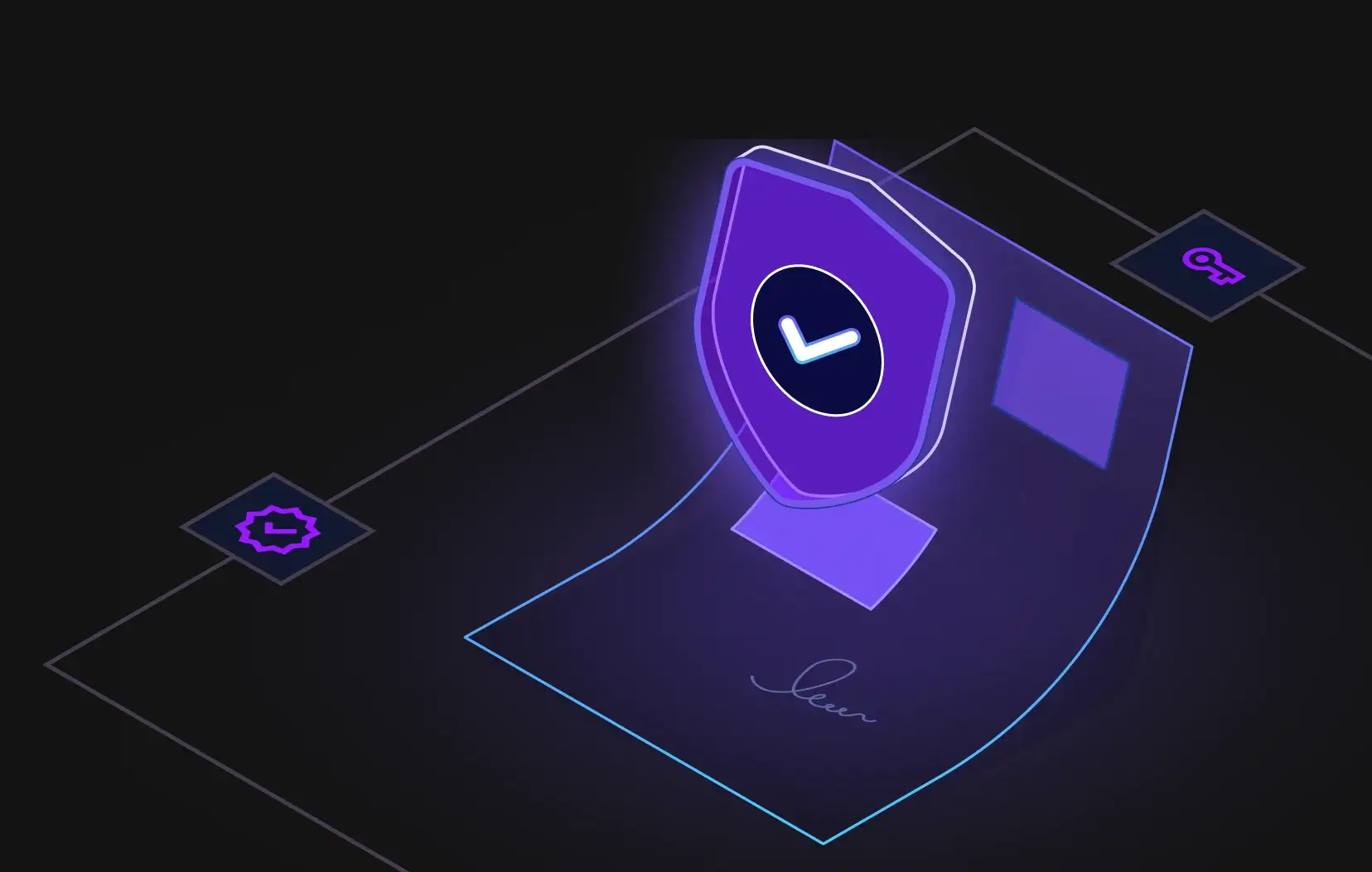A Chief Information Security Officer (CISO) at a major retail expo once expressed concern: “Our cloud provider says everything’s encrypted. But the keys? They're not ours.”
This isn’t an isolated worry. Many organizations find themselves in this situation when they leave data security entirely in the hands of their cloud vendor.
The reality is that if you don’t control the encryption keys, you don’t truly control the data. One way to do this is using quantum key distribution.
BYOE or Bring Your Own Encryption solves the data security ownership challenge. You encrypt your data before it ever leaves your environment.
You decide who holds the keys, how they're managed, and when they're used. The cloud becomes the storage layer, not the security authority.
The goal is to take back security control without breaking your applications or making your systems harder to use.
So, how do you make BYOE work? Let’s break it down.
Start by Drawing a Data Map
First, understand which data truly matters to your business. Not all information is equally valuable. Some is sensitive and high-risk, while the rest is routine or low impact.
Start by asking a few key questions:
- If this data were exposed, would it damage our reputation, drive customers away, or land us in legal trouble?
- Where exactly is this data stored? Is it in databases, cloud storage, SaaS platforms, or backup systems?
For example, a fintech company might identify customer personal information, transaction records, and account authentication tokens as highly sensitive. These are the kinds of assets that should absolutely be encrypted using your own keys. However, encrypting everything indiscriminately can be overkill. You’re better off focusing your efforts where they count.
Enhance your DevOps security with industry-leading solutions like Fortanix’s APIs by learning more about the synergy of DSPM and KMS/HSM.
Client-Side Encryption with BYOE
In cloud environments, encryption happens after your data arrives at the provider’s infrastructure. That means your cloud vendor is the one handling the encryption, and more importantly, holding the keys.
Bring Your Own Encryption (BYOE) turns this model on its head. Instead of relying on the provider, you encrypt your data before it leaves your hands. You control the keys; the cloud is just a storage bucket for the ciphertext, it can’t understand.
Your cloud provider can’t access your data, not for internal operations, not in response to a government request, and not even in the event of a breach. They’re holding sealed boxes with no way to open them.
Take the example of a pharmaceutical company storing genomic data in Microsoft Azure. Using client-side encryption, they first encrypt the data locally using their own key management system, whether that’s Fortanix or an on-premises hardware security module (HSM), and only then upload it to the cloud.
The encrypted data sits in Azure, but Microsoft has no way to read it. Not even their engineers, support staff, or legal team can get to it. That’s the control BYOE is designed to give you.
Don’t Let a Single User Hold the Keys
Going the DIY route, which is setting up an open-source key management system and locking the keys in a secure vault, might sound appealing. But it can backfire quickly.
If the one person who knows how everything works is out of office and something breaks, you’re stuck. No keys. No access. No options.
A more reliable method is using a multi-admin quorum model. This setup requires:
- More than one person to approve any key access or export.
- A minimum of two or three authorized users to perform critical actions.
- All access attempts are to be logged in a way that can't be tampered with.
It's a straightforward strategy. You're not depending on one person and building accountability into the system. That way, access to encrypted data remains controlled, without becoming a single point of failure.
Encrypt Data in Transit and In Use Too
Encrypting data at rest and in transit isn’t enough if it gets decrypted the moment processing begins. That’s where most organizations lose control when using third-party platforms or SaaS tools.
Confidential computing fixes this gap. It uses secure enclaves to keep data encrypted while it’s being processed. Combined with BYOE (Bring Your Own Encryption), it means your keys stay yours, and your data stays protected, even inside someone else’s infrastructure.
With confidential computing:
- You can enforce BYOE end-to-end, including during computation.
- Encryption keys never leave your control, even cloud providers can’t see them.
- Data stays confidential during analytics, AI processing, or multi-party collaboration.
Make Encryption Easy for Developers.
Make encryption practical for your developers. If the implementation adds friction or complexity, it won’t scale. Offer encryption through APIs, SDKs, or services that integrate naturally into existing workflows.
Don’t make your developers wrestle with crypto libraries or memorize key-handling practices. Abstract that complexity away.
For instance, one SaaS company integrated BYOE using a REST API. Developers could send a payload, receive the encrypted data, and move on. It became second nature. That’s what success looks like when BYOE becomes part of the build process, not a blocker to it.
A tested, developer-friendly encryption model secures your data, keeps your teams productive, and keeps your systems resilient.
Conclusion
Once your BYOE setup is running, take the time to validate it in real conditions. Simulate a key manager outage. Observe how your applications respond.
Test key recovery and double-check that access controls behave as expected. When you've seen your encryption model perform under pressure, you know you're ready for what comes next.
And if you're looking to extend this control into your cloud environment, Fortanix BYOK is a natural next step. It lets you bring your own keys to major cloud providers while keeping full ownership and control, so your encryption strategy stays consistent, even when your infrastructure spans multiple clouds.











